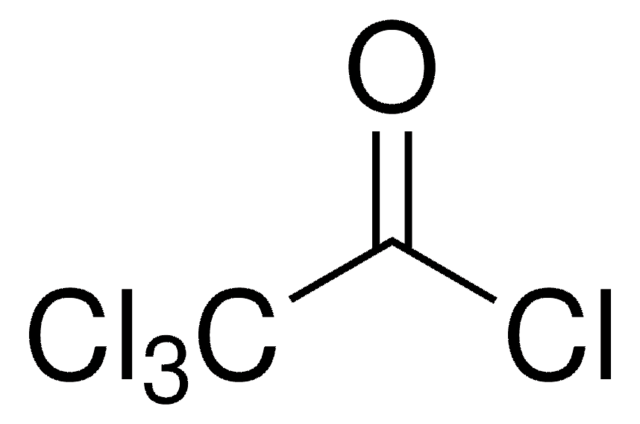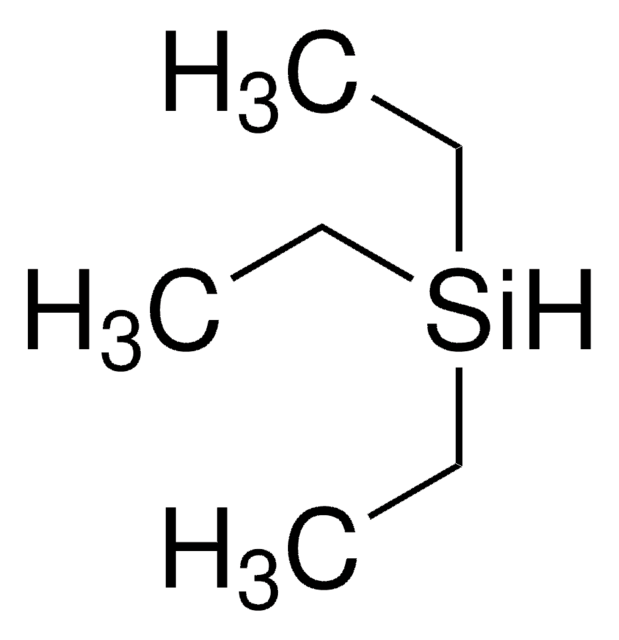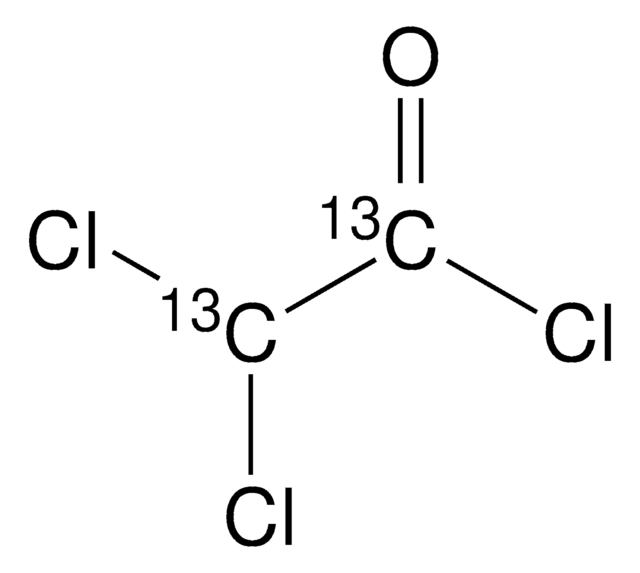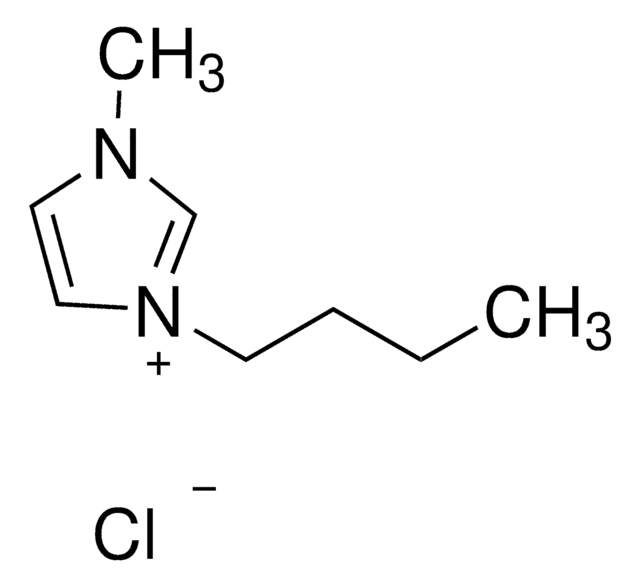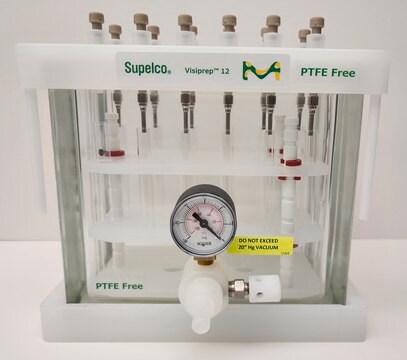D55008
Dichloroacetyl chloride
98%
동의어(들):
α,α-Dichloroacetyl chloride, 2,2-Dichloroacetyl chloride, Dichloracetyl chloride, Dichloroacetic acid chloride, Dichloroethanoyl chloride
로그인조직 및 계약 가격 보기
모든 사진(2)
About This Item
Linear Formula:
Cl2CHCOCl
CAS Number:
Molecular Weight:
147.39
Beilstein:
1209426
EC Number:
MDL number:
UNSPSC 코드:
12352100
PubChem Substance ID:
NACRES:
NA.22
추천 제품
신호어
Danger
유해 및 위험 성명서
Hazard Classifications
Aquatic Acute 1 - Carc. 1B - Eye Dam. 1 - Skin Corr. 1A
보충제 위험성
Storage Class Code
6.1C - Combustible acute toxic Cat.3 / toxic compounds or compounds which causing chronic effects
WGK
WGK 2
개인 보호 장비
Faceshields, Gloves, Goggles, type ABEK (EN14387) respirator filter
이미 열람한 고객
M F Khan et al.
Immunopharmacology and immunotoxicology, 19(2), 265-277 (1997-05-01)
Welders are exposed to dichloroacetyl chloride (DCAC) when trichloroethene (TCE) is used as a degreasing agent. Human exposure to TCE and tetrachloroethane can also lead to formation of DCAC in situ through metabolism. Due to its strong acylating property, it
Hsin-Hung Ou et al.
Journal of hazardous materials, 146(1-2), 302-308 (2007-01-24)
Batch photocatalytic degradation of 80+/-2.5 ppm V trichloroethylene (TCE) was conducted to investigate the effect of the oxygen and relative humidity (RH) on the formation of the dichloroacetyl chloride (DCAC) and phosgene. Based on the simultaneous ordinary differential equations (ODEs)
Rolf König et al.
Chemical research in toxicology, 21(3), 572-582 (2008-02-26)
Dichloroacetyl chloride (DCAC) is a reactive metabolite of trichloroethene (TCE). TCE and its metabolites have been implicated in the induction of organ-specific and systemic autoimmunity, in the acceleration of autoimmune responses, and in the development of liver toxicity and hepatocellular
M F Khan et al.
Toxicology and applied pharmacology, 170(2), 88-92 (2001-02-13)
Trichloroethene (TCE) and one of its metabolites dichloroacetyl chloride (DCAC) are known to induce/accelerate autoimmune (AI) response in MRL+/+ mice as evident from anti-nuclear, anti-ssDNA, anti-cardiolipin, and DCAC-specific antibodies in the serum (Khan et al., Toxicol. Appl. Pharmacol. 134, 155-160
A R Sellakumar et al.
Journal of the National Cancer Institute, 79(2), 285-289 (1987-08-01)
A series of earlier studies showed that inhalation exposures of rats to three water-reactive electrophilic compounds produced brisk yields of nasal cancer even when the animals were exposed for only 30 days (6 hr/day X 5 day/wk). In addition, carcinogenic
자사의 과학자팀은 생명 과학, 재료 과학, 화학 합성, 크로마토그래피, 분석 및 기타 많은 영역을 포함한 모든 과학 분야에 경험이 있습니다..
고객지원팀으로 연락바랍니다.
